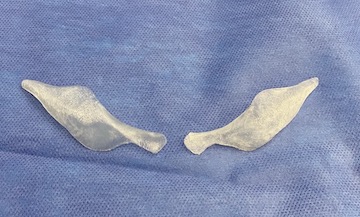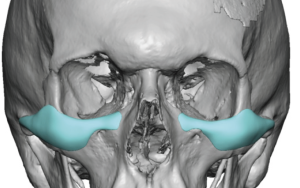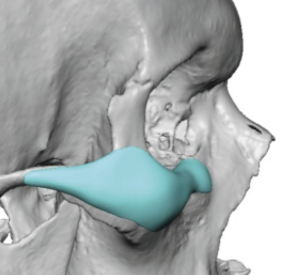
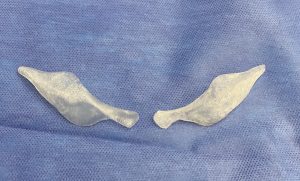
But the lower eyelid incision should not be confused with a traditional blepharoplasty incision. It is different in many ways and, as a result, does not have the same risks associated with it. A very significant way it is different is in the type of patient on which it is performed. Unlike typical older patients that gets lower blepharoplasties, the IOM implant patient is usually younger with stronger lid tissues and the procedure being done is additive (placing support to the lower eyelid) vs reductive as in a blepharoplasty. (removing tissues)
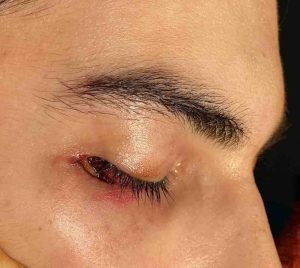
When all of these factors are put together the lower eyelid incision used in custom IOM implants is different than that of the traditional lower blepharoplasty incision used in periorbital rejuvenation. As a result it is not associated with the same risk of lower eyelid malposition.
Dr. Barry Eppley
World Renowned Plastic Surgeon

